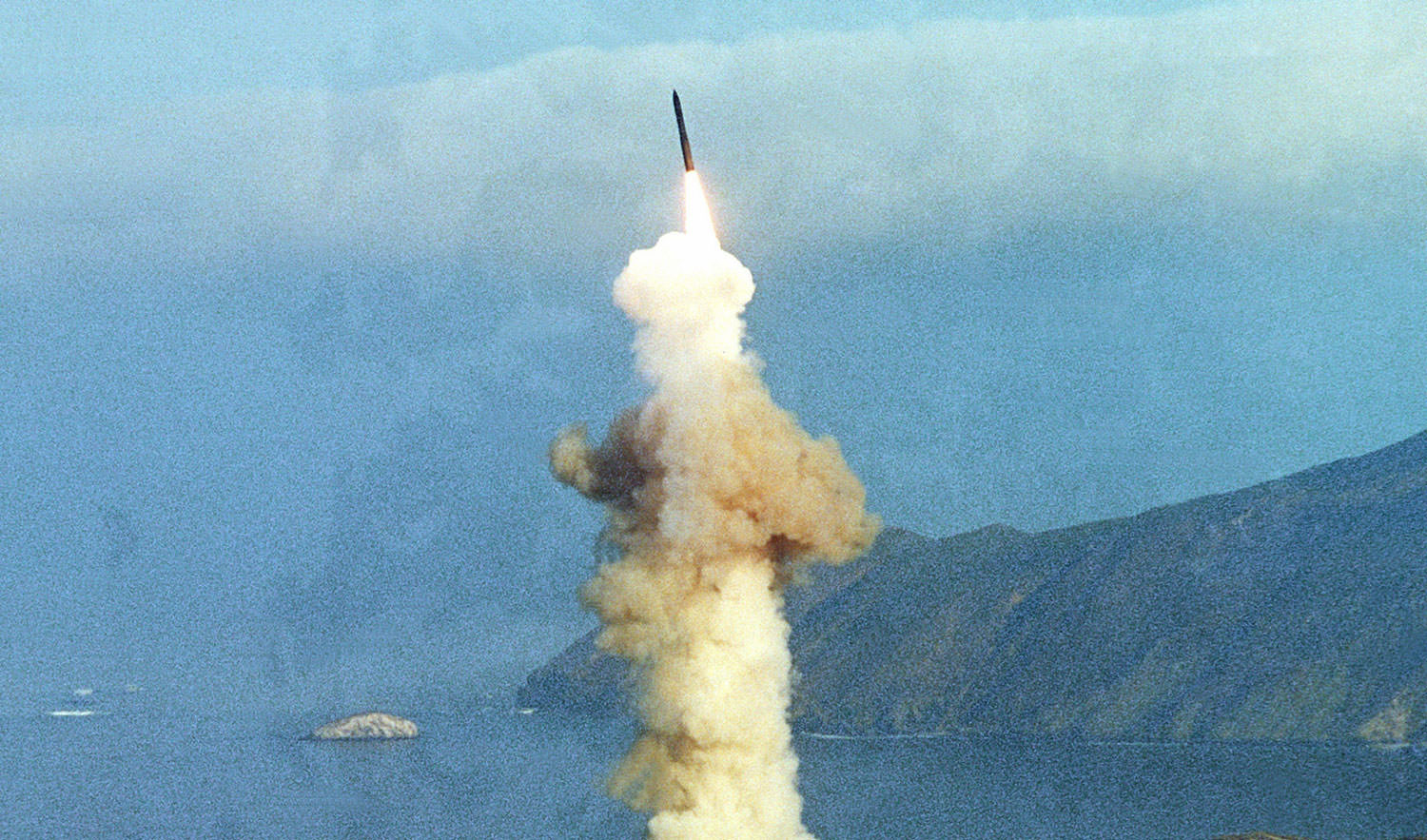For over forty years, the Minuteman silo-based ICBMs formed one critical leg of the sacrosanct US nuclear triad, hypothetically deterring Soviet Politburo members from unleashing World War III.
As far as can be ascertained, the 400 Minuteman III missiles, each reportedly armed with a 300-kiloton warhead sufficient to cause over a million deaths if detonated over New York City, have never killed anybody. But they did succeed in making many of their Air Force launch crew members severely — and even lethally — ill.
The Minuteman ICBMs are rapidly reaching obsolescence. Unfortunately for the Air Force, the cost for the proposed Sentinel ICBM replacement program is now priced at an exorbitant $140.9 billion, triggering a painstaking Congressionally authorized cost review for those DoD programs exceeding 37% budget overruns. At the same time, serious concerns have arisen among Minuteman personnel about their long-term exposure to hazardous toxins that, in many cases, have developed into cancer and other life-threatening medical conditions.
The Torchlight Initiative (torchlightinitiative.org), a whistleblowing nonprofit created by missile crew veterans, has showcased these environmental conditions and identified over 730 cases ranging from non-Hodgkin’s lymphoma (NHL) to melanoma. Torchlight’s mission is “to address health issues of vital interest to the ICBM community, specifically, to address the higher rates of cancer and other diseases, illnesses, and disorders amongst those that operated, maintained, supported, or protected ICBM delivery systems.”
Torchlight has identified a wide spectrum of documented toxic hazards in the Minuteman ICBM environment. These include: polychlorinated biphenyls (PCBs) in launch control centers and launch facilities; venting of dimethylformamide (DMF); off-gassing and fumes produced by evaporation of ethylene glycol solutions; and radon present in underground facilities. In addition, Torchlight lists evidence of airborne asbestos, potassium superoxide, sodium chromate, and untreated sewage gases.
One crew member recalled, while on alert, walking through large puddles of “PCB” water. Specialized environmental staff arrived in full bio suits to take water samples from the obviously toxic “puddle” in question. Another crew member wrote in her blog: “Launch Control Centers were so gross—anything but safe and healthy. As soon as you got home from alert you tossed your clothes straight into the laundry because of the oily, briny smell.”
The ICBMs are intentionally deployed in isolated bases in Montana, Wyoming, and North Dakota. Each pair of launch officers works 60 feet below the surface in hardened command capsules with control over 10 nearby ICBM silos. They operate on 24-hour shifts (often extended to 48 hours) and constantly monitor the readiness of their missiles. When ordered, they must agree to turn the launch keys and initiate nuclear Armageddon.
The missile crews’ health concerns went public in January 2023 when screenshots of a presentation titled “The Malmstrom Initiative” went online. The author was Danny Sebeck, an officer who was diagnosed with NHL in September 2022 and undertook his own survey. He discovered 36 cancer diagnoses among crew member colleagues who had been stationed at Malmstrom Air Force Base in Montana. Sebeck was instrumental in establishing the Torchlight Initiative and now serves as its co-director.
Another Malmstrom crew member, Rob Calderon, was diagnosed with Hodgkin’s lymphoma in 2000 at the age of 28. Calderon sent out a warning email to his old squadron members to alert them to the health risks, but this email was reportedly suppressed by Calderon’s commanding officer. Calderon subsequently graduated from medical school (with no financial assistance from the Air Force). According to one colleague, “[Calderon] was the initial voice raised with missile, medical, and cancer experience to send up a flag.”
Many of the stories of these unsung heroes are heart-wrenching. One crew member, Mark Holmes, was diagnosed in 2019 at age 37 with NHL and underwent ten intense chemotherapy treatments, two immunotherapy rounds, and additional radiation treatments. He died after a debilitating illness in May 2020, leaving his wife and three children aged two, six, and eight. Neither he nor his family received military or veterans’ benefits as he was a reservist but not on active duty. At Malmstrom, where he was stationed, the incidence of NHL among ICBM crews over the past 20 years is 100 times the rate for the general population.
The Air Force response has been slow, to the level of being obstructive. Only after the initial Torchlight exposés did the Air Force begin to take action. General Thomas A. Bussiere, Commander, Air Force Global Strike Command, approved a comprehensive study design in March 2023 for a formal assessment addressing specific cancer concerns raised by missile community members. Gen. Bussiere has sponsored several virtual community town halls, but the Air Force has yet to release any definitive conclusions of its study.
The launch crew health crisis is one more reason for the Defense Department to examine honestly the strategic necessity of the silo-based ICBM force. The Pentagon has sufficient deterrence power in its submarines and bombers (as well as tactical nuclear weapons) to deter any credible adversary. Once again, deploying Air Force officers 60 feet underground in hardened launch centers is risking toxic exposure, one of the factors driving Sentinel replacement costs through the Congressionally mandated ceiling.
Dr. Robert Rudney is a retired senior adviser in the Department of the Air Force, where he received the Outstanding Civilian Service Award. He was also chief consultant to the ABA Task Force on the Nonproliferation of Weapons of Mass Destruction and a fellow in Senator Bernie Sanders’s office, working on defense issues. As a strategic analyst at the National Institute for Public Policy (1988–1999), he authored studies on the deterrence value of the multi-warhead MX Peacekeeper intercontinental ballistic missile and other nuclear weapons systems. His most recent nuclear arms reduction publications can be found at: https://washingtonspectator.org/author/robert-rudney/



0 Comments